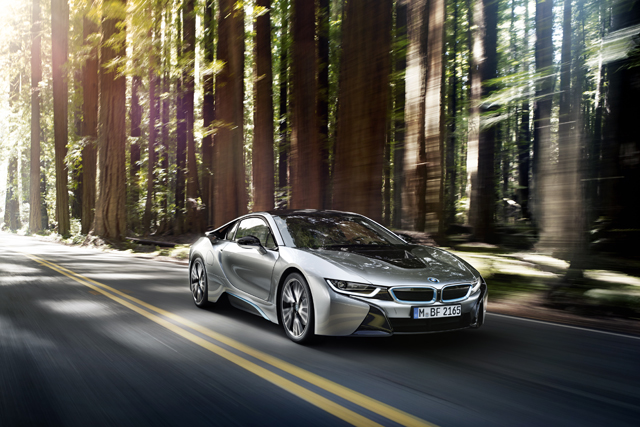Friendlier Infrastructure Favors Speedier Realization of EV Era
2013/11/18 | By Quincy LiangWhile encouraging sales of Tesla Motors's Model S premium electric sedan have done wonders for share price of the Silicon Valley-based maker, range anxiety and relatively higher retail prices still hamper faster shift from internal combustion engine (ICE) vehicles to new-energy transports.
Research reports released by Navigant Research, a market research and consulting firm that provides analysis of global clean technology markets, show that not only richer people are buying the Model S, but increasingly friendly infrastructure and overall environment for electric vehicles (EVs) are changing consumer attitude.
In Taiwan, where outlying isles are proving grounds for pilot EV projects, some new buildings come with charging outlets for EVs, the number of which is expected to grow rapidly when the government maps out common EV charging standards for equipment makers, but extensive EV popularity is not in the cards for Taiwan in the near future.
Increasing Public Charging Stations
Higher EV penetration is happening with nearly 64,000 EV public charging stations having been installed worldwide, according to a new report from Navigant Research.
"As public investments in charging infrastructure wane, the numerous companies that emerged in the market's early stages and championed various technologies and business models are now beginning to consolidate and standardize,” says Scott Shepard, research analyst with Navigant Research. “While investment in EV charging equipment technology has been significant during the past few years, the private sector now needs to focus on financing infrastructure deployments in order for the market to continue to grow rapidly.”
Alternating current (AC) installations account for the vast majority of public charging station installations worldwide. AC charging, which is used in both residential and commercial applications, typically supplies capacities of up to 7.2 kilowatts (kW) and, in rare cases, up to 43 kW. Used in commercial applications, direct current (DC) installations typically supply from 20 kW to 50 kW, although some manufacturers have introduced units with power ratings of up to 100 kW, the research firm said.
10-fold Unit Increase by 2020
The more optimistic forecast made by Navigant Research shows that worldwide sales of EVSE will grow from around 442,000 units in 2013 to 4.3 million by 2022.
Buoyed by strong growth in the market for PEVs, Navigant Research explains, the market for EVSE has expanded rapidly in the last 18 months, as well. This growth has also been fueled by government programs that have continued to support EVSE deployments, and by companies that are bringing a broader portfolio of products to market.
“As the EVSE market has matured, some of its early challenges, such as a lack of compatibility of charging units with various PEV models, have dissipated,” says Lisa Jerram, senior research analyst with Navigant Research. “Today there is increasing choice for consumers, including chargers with a wide range of power ratings, home chargers that are competing on price, public chargers with more options for payment and access, the first commercially available wireless charger, and an increasing number of high-speed DC chargers.”
This market, however, is not without growing pains, according to Navigant Research. The most notable challenges are related to the very large number of players competing for what remains, for now, a relatively small market. The industry still must devise an easy way for motorists to access public chargers hosted by a multitude of network operators, each of which often requires its own key card or access code. At the same time, the industry has not yet figured out how to expand public charging without relying on government subsidies.
Sales Volume
The driver of the EV era hinges on sales volume.
While hybrid vehicles (driven by conventional internal combustion engine with electric motor) have become an established segment of the overall automotive market today, the limited availability of PEVs – including plug-in hybrid electric vehicles (PHEVs) and battery electric vehicles (BEVs) – has inhibited sales growth in a number of major markets. Major global automakers including Honda, Volkswagen, Hyundai, and others will be launching PEVs in a large number of countries over the next two years, however, adding to the list of available models, sparking increased consumer interest, and accelerating sales opportunities.

“Electric vehicles, including plug-in models, are becoming an increasingly important part of the global automotive market,” says Dave Hurst, principal research analyst with Navigant Research. “This growth is being driven not only by the inherent appeal of the vehicles, but also by consumer demand for vehicles that cost less to operate than traditional internal combustion engine vehicles, government incentives, and a rebounding economic climate.”
Falling prices are also driving demand for EVs. The cost of battery packs, which can account for as much as half of PEV costs, will continue to decrease significantly during the forecast period, according to Navigant Research. Hybrids and PHEVs are anticipated to see a 10% and 26% decline in battery pack costs by 2020, respectively, while BEVs will likely remain flat, but see improvements in vehicle range and performance during the same period.




